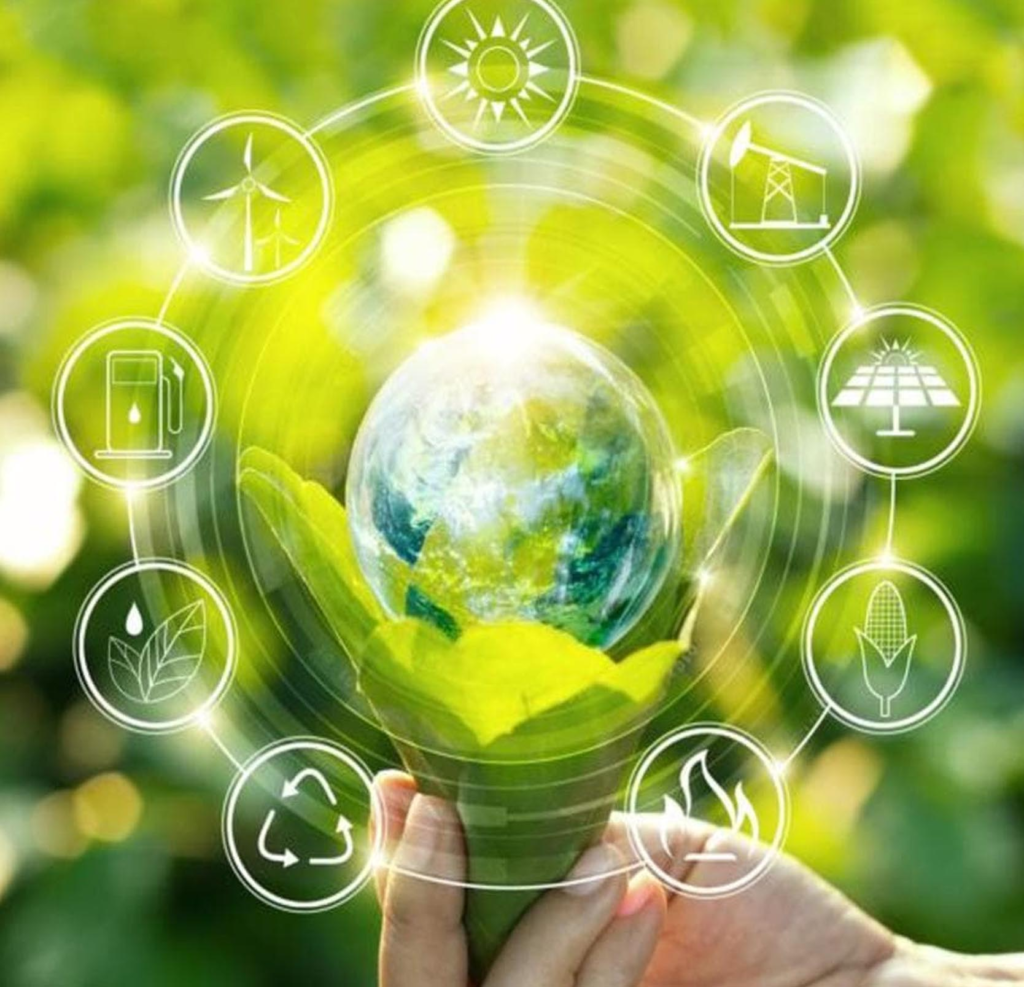Consulting Services
Introduction
consulting services on Green energy materials can help businesses identify the most effective sustainable energy solutions for their specific needs, develop and implement effective strategies for sustainability, and improve overall energy efficiency. Here are some of the specific ways that green energy materials consulting services can assist businesses in Research and development as well as in academic areas.
Consulting services refer to professional advice and support provided by experts to individuals, businesses, or organizations seeking to improve their performance, solve problems, or achieve specific goals. Consultants typically work in a particular field, such as management, finance, technology, or marketing, and bring specialized knowledge and skills to their clients.
Consulting services can take many forms, depending on the needs of the client. Some consultants provide one-time project-based advice, while others offer ongoing support and guidance. Consulting services may include research, analysis, strategy development, implementation, training, and evaluation.
Consultants may work independently, as part of a consulting firm, or as part of a larger organization. They may serve a wide range of clients, from small businesses to multinational corporations, and may specialize in a particular industry or type of client.
The goal of consulting services is to help clients improve their performance, solve problems, and achieve their goals. Consultants provide objective and unbiased advice based on their expertise and experience. They work closely with their clients to understand their needs and develop customized solutions that are tailored to their specific situation.
Overall, consulting services can provide valuable support and expertise to individuals, businesses, and organizations seeking to improve their performance and achieve their goals.

Research and Development:
Green energy materials consulting services can assist businesses with the research and development of new sustainable energy technologies, including solar, wind, and geothermal energy sources.
Research and development (R&D) on green energy materials involves the discovery, design, and optimization of new materials and devices that can help reduce the environmental impact of energy production and consumption. Here are some key steps in the R&D process for green energy materials:
- Identify research questions: Define the research questions that will guide the development of green energy materials. These may include questions related to the optimization of existing materials, the discovery of new materials, or the design of new devices.
- Conduct literature review: Conduct a comprehensive literature review to identify existing research on green energy materials and to identify gaps in the knowledge.
- Design experiments: Design and conduct experiments to test the performance of green energy materials, using a variety of techniques such as spectroscopy, microscopy, and electrochemistry.
- Analyze data: Analyze the experimental data using statistical and computational methods, to identify trends and patterns in the data.
- Optimize materials and devices: Use the experimental data and computational simulations to optimize the performance of green energy materials and devices.
- Prototype and test: Build and test prototypes of green energy devices, such as solar cells, batteries, or fuel cells, using the optimized materials.
- Scale-up and manufacture: Scale up the production of green energy materials and devices to meet the needs of the market, while ensuring that the manufacturing process is sustainable and environmentally friendly.
- Monitor and improve: Monitor the performance of the green energy materials and devices, and use the data to identify areas for improvement. Continue to refine the materials and devices to improve their efficiency and environmental sustainability.
By following these steps, our experts can help to researchers, Industry people developing new and improved green energy materials and devices, that can help reduce the environmental impact of energy production and consumption and contribute to a more sustainable future.

Product Design and Development:
Consultants can provide guidance on different product designs and development, helping businesses create sustainable energy products that are cost-effective, efficient, and meet customer needs.
Product design and development on green energy materials involves identifying and developing innovative materials and devices that can help reduce the environmental impact of energy production and consumption. Here are some key steps in the product design and development process for green energy materials:
- Define the problem: we can help to Identify the environmental problems associated with current energy production and consumption practices and define the specific problem that your product will address.
- Conduct market research: Evaluate the market demand for green energy products and identify potential customers, including both individuals and organizations.
- Identify materials and technologies: Research and identify materials and technologies that can be used to develop green energy products, taking into account factors such as efficiency, durability, and cost.
- Conceptualize and prototype: Develop initial concepts and create prototypes of potential green energy products, using a variety of design techniques such as sketching, 3D modeling, and computer-aided design (CAD).
- Test and refine: Conduct testing on the prototypes to evaluate their performance and identify areas for improvement. Refine the design based on feedback from testing and user feedback.
- Scale up and manufacture: Once the design has been finalized, scale up production to meet market demand. Consider factors such as manufacturing processes, supply chain management, and quality control.
- Launch and market: Launch the product and develop a marketing strategy that emphasizes its green energy benefits. Consider strategies such as social media, advertising, and public relations to reach potential customers.
- Monitor and improve: Monitor the product’s performance and gather feedback from customers to identify areas for improvement. Use this information to refine the design and improve future versions of the product.
By following these steps, product designers and developers can create innovative green energy products that help reduce the environmental impact of energy production and consumption, while also meeting the needs of customers and the demands of the market.

Manufacturing:
Consultants can assist businesses with manufacturing processes to ensure that they are environmentally friendly, energy-efficient, and cost-effective.
Manufacturing green energy materials involves scaling up the production of materials and devices that can be used to generate and store renewable energy while minimizing their environmental impact. Here are some key steps in the manufacturing process for green energy materials:
- Raw materials selection: Select the raw materials needed for the production of green energy materials, taking into account their environmental impact, cost, and availability.
- Material synthesis: Develop and optimize the process for synthesizing green energy materials. This may involve scaling up laboratory-scale synthesis methods to larger-scale manufacturing processes.
- Quality control: Implement quality control measures to ensure that the synthesized materials meet the desired specifications, including purity, particle size, and other relevant physical and chemical properties.
- Material processing: Process the synthesized materials into forms that can be used in green energy devices, such as thin films, powders, or electrodes.
- Device assembly: Assemble the green energy devices using processed materials, such as solar cells, batteries, or fuel cells.
- Testing and validation: Test the performance of the green energy devices to ensure that they meet the desired specifications, such as energy conversion efficiency, power output, or storage capacity.
- Optimization: Optimize the manufacturing process to increase efficiency, reduce costs, and minimize environmental impact. This may involve implementing new technologies, developing new processing methods, or improving existing ones.
- Sustainability considerations: Consider sustainability aspects in the entire manufacturing process, from sourcing of raw materials to disposal of waste materials, and take steps to minimize environmental impact.
By following these steps, manufacturers can produce green energy materials and devices that are efficient, reliable, and sustainable, while also reducing the environmental impact of energy production and consumption.

Nanomaterials synthesis:
Nanomaterials synthesis and characterization are two important aspects of nanotechnology research. Here is a brief overview of the processes involved in each:
Nanomaterials Synthesis:
Top-down approach: In this method, bulk materials are broken down into smaller particles through mechanical, chemical, or thermal means. Examples include ball milling, lithography, and laser ablation.
Bottom-up approach: In this method, nanoparticles are synthesized from atoms, molecules, or ions. Examples include sol-gel, chemical vapor deposition (CVD), and hydrothermal synthesis.
Self-assembly: In this method, nanoparticles are assembled into larger structures through spontaneous processes. Examples include DNA origami and block copolymer self-assembly.

Nanomaterials Characterization:
Imaging techniques: These techniques allow researchers to visualize the shape, size, and distribution of nanoparticles. Examples include transmission electron microscopy (TEM), scanning electron microscopy (SEM), and atomic force microscopy (AFM).
Spectroscopy techniques: These techniques provide information about the chemical composition and physical properties of nanoparticles. Examples include X-ray diffraction (XRD), Fourier transform infrared spectroscopy (FTIR), and Raman spectroscopy.
Surface analysis techniques: These techniques provide information about the surface chemistry and reactivity of nanoparticles. Examples include X-ray photoelectron spectroscopy (XPS) and Auger electron spectroscopy (AES).
Thermal analysis techniques: These techniques provide information about the thermal stability and properties of nanoparticles. Examples include thermogravimetric analysis (TGA) and differential scanning calorimetry (DSC).
Synthesis and characterization of nanomaterials are critical steps in nanotechnology research, as they provide insights into the properties and behavior of nanoparticles, which can be used to design new materials with tailored properties for specific applications.

Academic Support
we can provide general guidance and advice on various academic topics, including but not limited to:
- Academic writing: we can offer guidance on writing clear, concise, and well-structured academic papers, including research papers, essays, and dissertations.
- Research methods: we can provide advice on the selection of appropriate research methods, including quantitative, qualitative, and mixed methods, and offer guidance on data collection, analysis, and interpretation.
- Literature review: we can provide guidance on conducting a comprehensive literature review, including how to search for relevant articles, how to critically evaluate the quality of sources, and how to synthesize the findings of previous research.
- Statistical analysis: we can offer guidance on statistical analysis methods and software packages, including how to interpret statistical results and how to report findings in a clear and concise manner.
- Academic career development: we can provide guidance on academic career development, including how to navigate the academic job market, how to prepare for academic interviews, and how to build a strong publication record.
Overall, green energy materials consulting services play an important role in helping businesses transition to more sustainable energy sources. By providing specialized expertise and guidance, these consulting services can help businesses reduce their environmental impact, improve energy efficiency, and gain a competitive edge in their industry.


